Any links to online stores should be assumed to be affiliates. The company or PR agency provides all or most review samples. They have no control over my content, and I provide my honest opinion.
Almost one year ago, Reolink launched its quirky Reolink Duo camera. I was very impressed with it, it helped simplify surveilling a wide area without the faff of setting up two cameras, and I always like it when companies are willing to try something a little different.
You could argue that it didn’t quite live up to expectations. It worked as two independent cameras; the only image stitching that was done was within the app. I didn’t have too much of a problem with it, but there was clearly a bit of room for improvement.
Reolink has now addressed most of these problems with the Reolink Duo 2.
Reolink Duo 2 vs Duo What has changed?
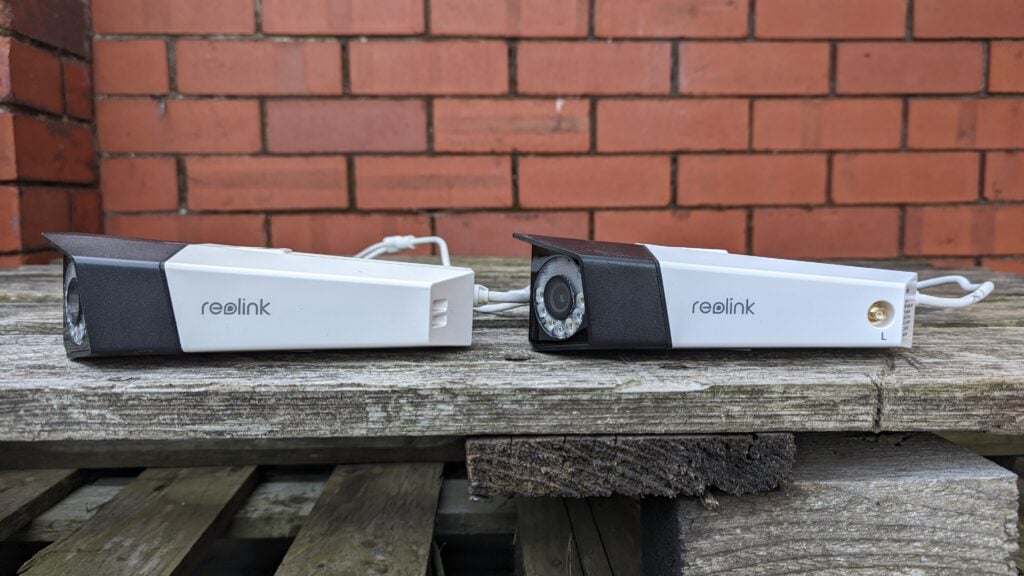
The specification table further down shows a full comparison of the specs. The main things that have changed include:
- Reolink Duo 2 now shows one stream for both cameras with the images automatically stitched together. This is for everything, in the app, web browser, RTSP streams and all recordings.
- Reolink has improved the position of the cameras (or stitching). Previously there was a very clear break in the image when you showed them side by side. It is now almost perfect.
- You can adjust the stitching settings to improve performance based on how you have set the camera up.
- While this is advertised as a 4K camera, I am not certain, but I think this is just because the output resolution can be classed as 4K (4608X1728). It is not two separate 4K cameras, whereas the original Duo provided two separate 2K feeds of 2560X1440.
- Field of view has been increased to 180° vs 150° and vertical to 60° vs 44°.
- Video format is H.265 – which I think they have done due to the higher resolution feed.
- Increased the default frames per second, but technically lower than the max that the original Duo was capable of.
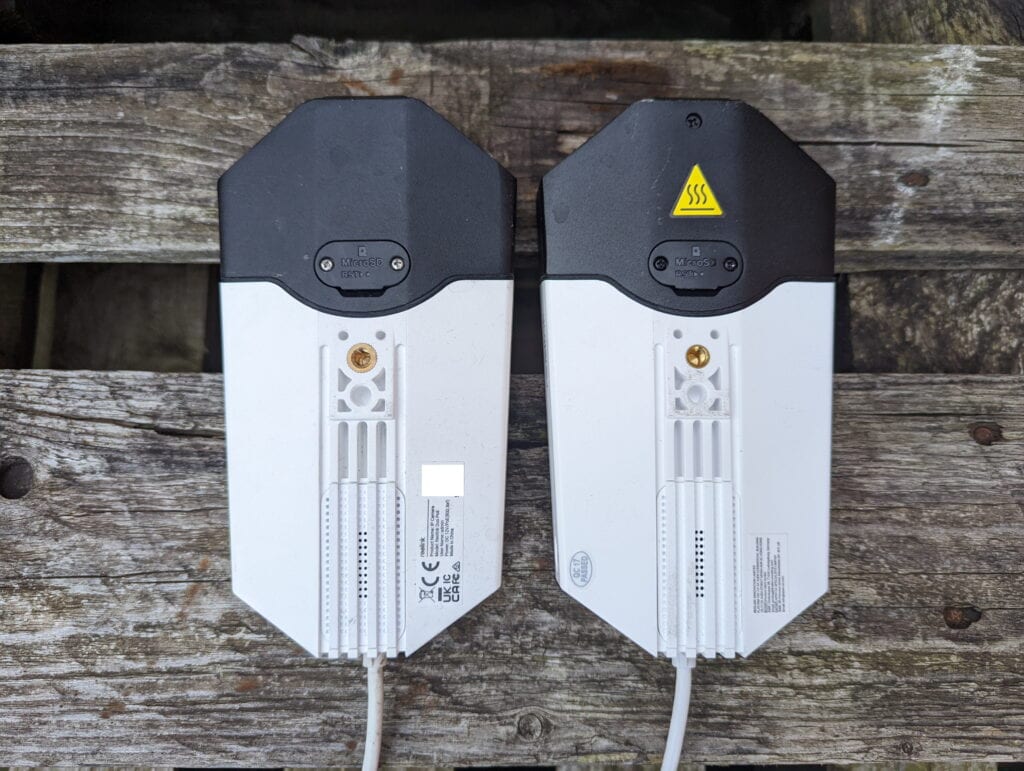
Reolink Duo 2 vs Duo Specification
| Reolink Duo 2 | Reolink Duo | |
|---|---|---|
| Sensor | 1/2.7" CMOS Sensors | 1/3" CMOS Sensors |
| Resolution | Default: 4608X1728 (8.0 megapixels) at 20 frames/sec | Default: 2560X1440 (4.0 Megapixels) at 15 frames/sec (2x) |
| Field of View | Horizontal: 180° Vertical: 60° Diagonal: 180° | Horizontal: 150° Vertical: 44° |
| Lens | f = 3.2 mm fixed, F = 2.0 | f= 4.0 mm fixed, F= 2.0 |
| Night Vision | 30 meters (LED: 6pcs/20mil/850nm) | 30 Meters (LED: 6pcs/20mil/850nm) |
| Colour Night Vision | Spotlight: 8pcs/5W/6500K/560 Lumens | Spotlight: 8pcs/5W/6500K/560 Lumens |
| Audio | Two-way audio Built-in microphone and speaker | Two-way audio Built-in microphone and speaker |
| Storage | Micro SD card slot (Max. 256GB) | Micro SD card slot (Max. 256GB) |
| Video Format | H.265 | H.264 |
| Frame Rate | Mainstream: 4fps - 20fps (default: 20fps) Substream: 4fps - 15fps (default: 10fps) | Mainstream: 2fps - 25fps (default: 15fps) Substream: 4fps - 15fps (default: 10fps) |
| Code Rate | Mainstream: 1024Kbps -5120Kbps (default: 4096Kbps) Substream: 64Kbps - 512Kbps (default: 256Kbps) | Mainstream: 1024Kbps -5120Kbps (default: 3072Kbps) Substream: 64Kbps - 512Kbps (default: 256Kbps) |
| Smart Alarm | Motion detection; person detection; vehicle detection; pet detection (beta) | Motion detection/person detection/vehicle detection |
| Record Mode | Motion-triggered recording (default) scheduled recording; 24/7 recording | Motion-triggered recording (default) scheduled recording; 24/7 recording |
| Protocols & Standards | HTTPS, SSL, TCP/IP, UDP, HTTP, IPv4, UPnP RTSP, RTMP, SMTP, NTP, DHCP, DNS, DDNS, FTP, P2P | HTTPS, SSL, TCP/IP, UDP, HTTP, IPv4 UPnP, RTSP, RTMP, SMTP, NTP, DHCP, DNS, DDNS, FTP, P2P |
| IP Rating | IP66 | IP66 |
| Operating Temperature | -10°C~+55°C (14°F~131°F) | -10°C~+55°C (14°F~131°F) |
| Dimensions | 195x103x56 mm | 195x103x56 mm |
| Weight | 650g | 680g |
Set Up / Settings
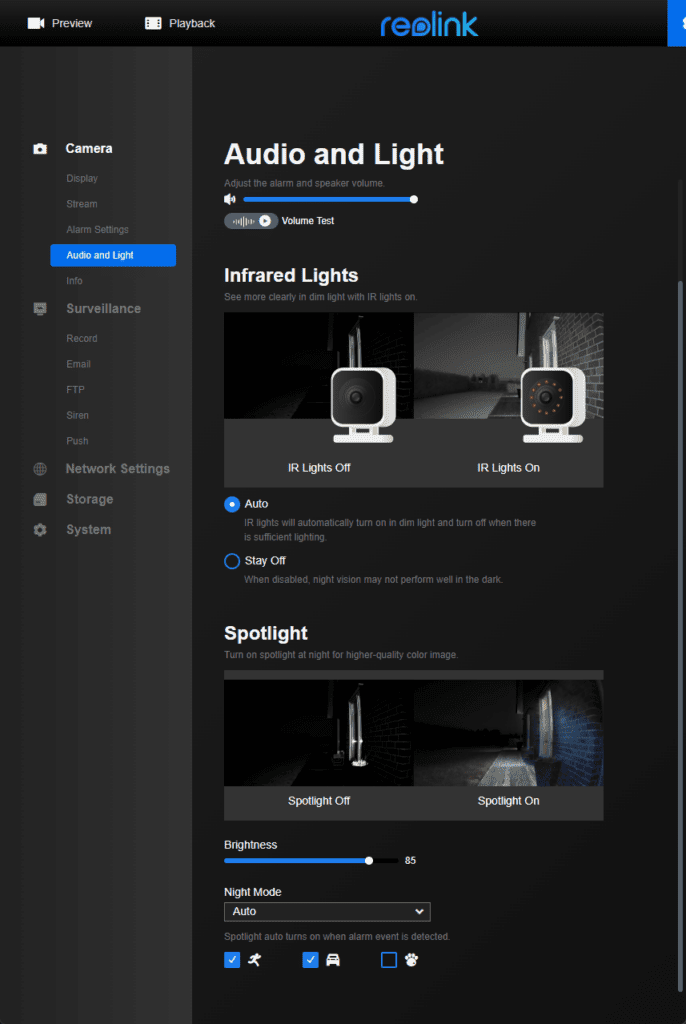
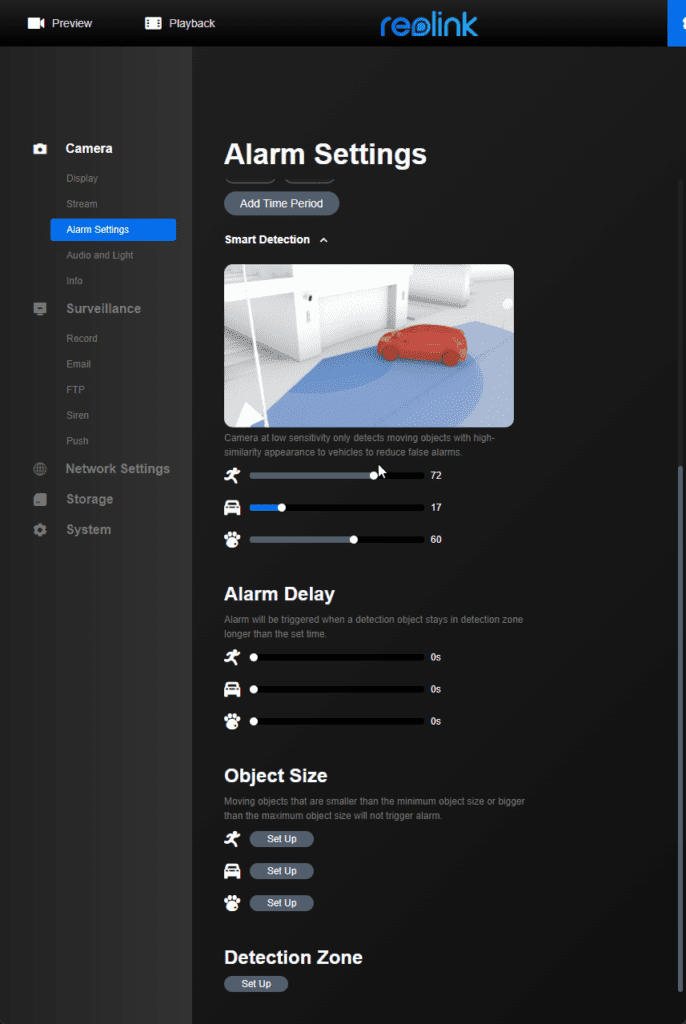
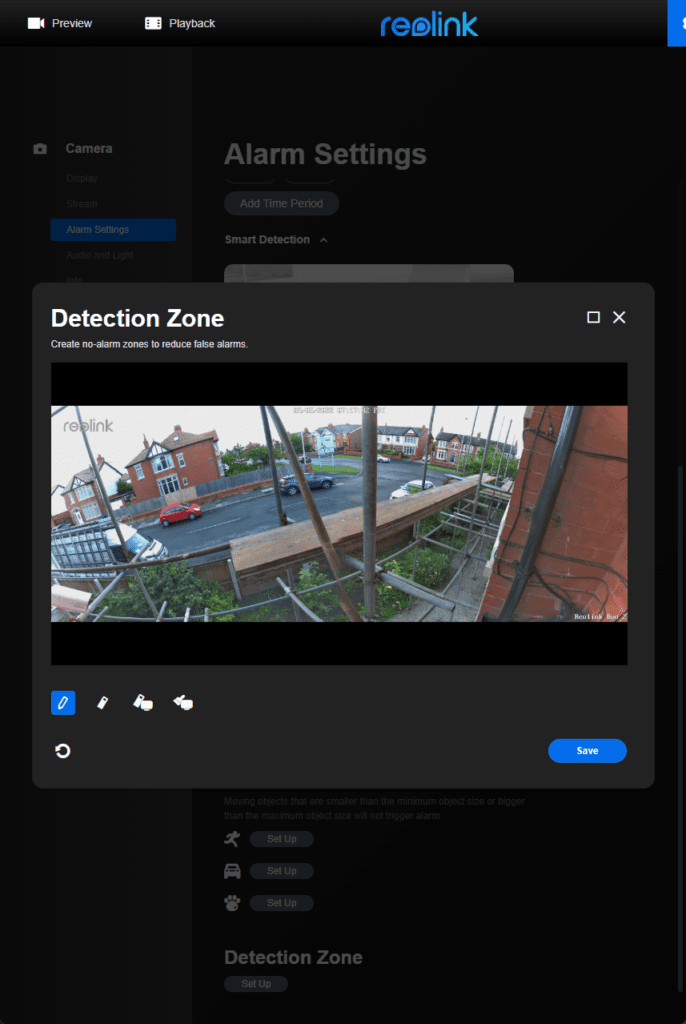
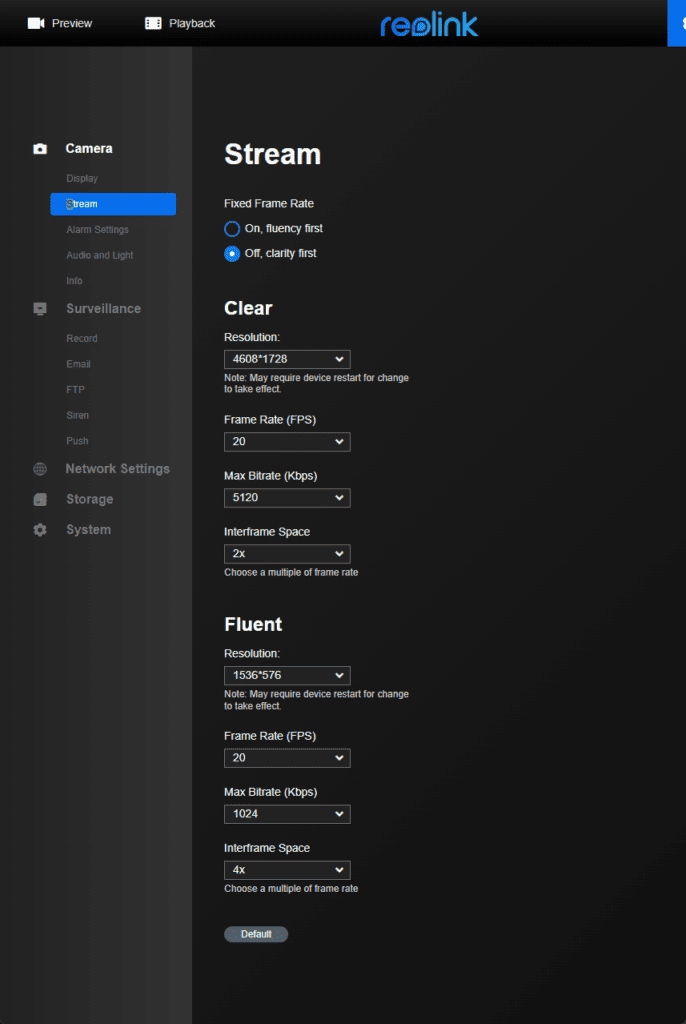
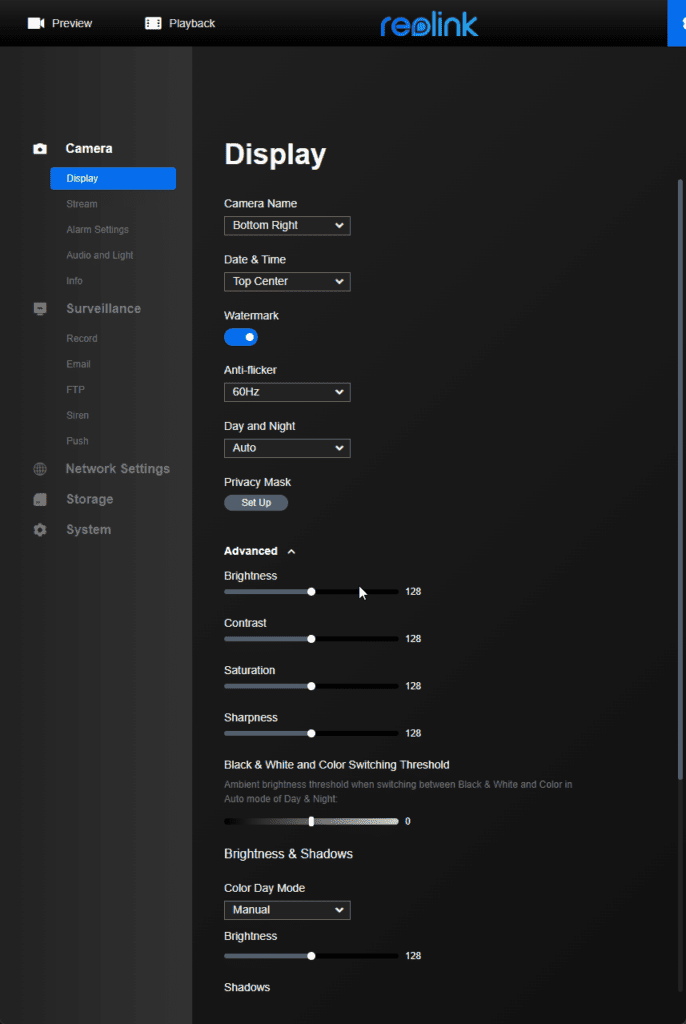

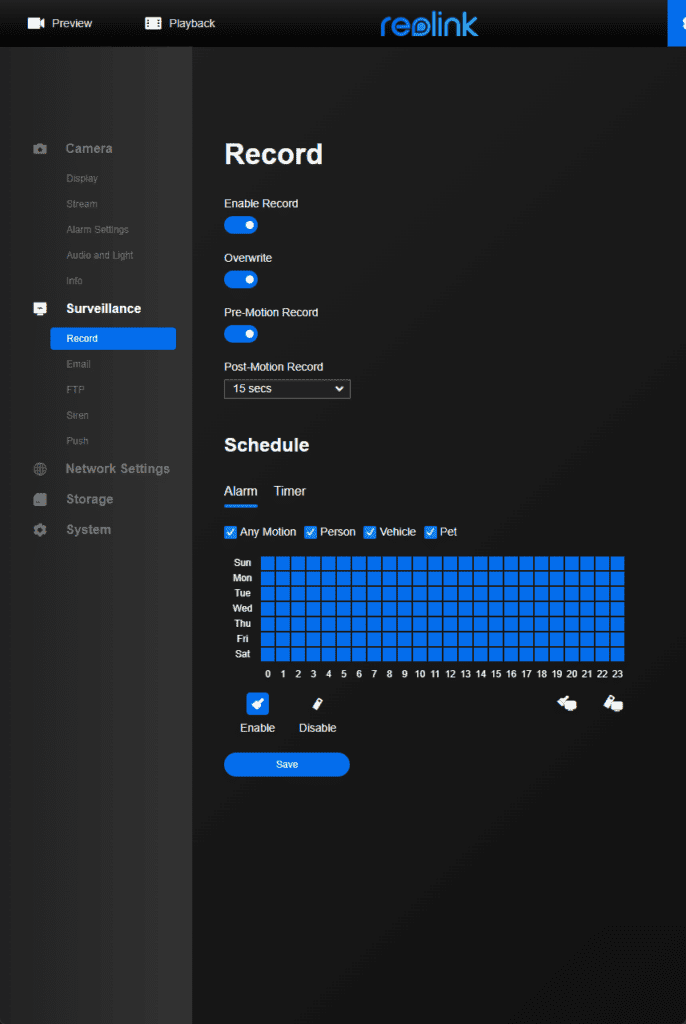
The set-up procedure is identical to all the Reolink cameras. Add it through the app and set an admin password.
You can manage the camera either via mobile app, web browser or the Windows application.
Within the settings, you can have the camera switch set to always use colour or always black and white or auto.
You can also tweak the spotlight setting, including the brightness and when it switches on. With my location, I had it switched to only come on when people were detected.
You then have various recording options, this includes pro recording motion (useful when using microSD) and the schedule.
There are fewer settings than there used to be with Reolink cameras. You have an option for Day/Night and Infrared lights but no dynamic backlight options. You can tweak the various brightness, contrast saturation and sharpness settings. Then with each mode, you can manually set brightness and shadows.
Blue Iris / Synology Surveillance Station / Third Party NVR
If you are using a third-party NVR such as Blue Iris or Synology Surveillance Station, you will need to enable RTSP/ONVIF within the network settings under the port settings option.
Blue Iris should be able to auto-detect the feed. There is no need to set up a second channel with this, and there is no second channel at all.
The format for the main RTSP feed should be :
rtsp://admin:password@192.168.xx.xx:554/h265Preview_01_main
And for the sub stream, it is:
rtsp://admin:password@192.168.xx.xx:554/h264Preview_01_sub
Motion Detection
The motion detection is basically the same as all recent Reolink cameras. Due to the very wide field of view, I’d recommend setting up the detection zone. I didn’t, and the camera basically recorded 24/7 to my microSD card because of the cars in the background.
If you find it too sensitive or not sensitive enough, you can dial in the settings using both the sensitivity options, alarm delay and object size.
There is also the new pet detection which is still in beta. I don’t have pets, nor is the camera positioned anywhere worth detecting them.
Day Time Footage
For my day time sample footage, I am back to positioning the camera on my windowsill just outside my office. It is not a perfect placement, and at some point, I will set up some sort of easy mounting solution in a set spot for all the cameras I review. With this review, I had scaffolding set up before I had a chance to capture some decent night footage with the spotlight. I, therefore, I had to relocate the camera to my back garden to provide this footage.
The Reolink Duo 2 now only produces one main feed, which consists of the images from the two cameras automatically stitched together, giving you one image with almost a 180° field of view.
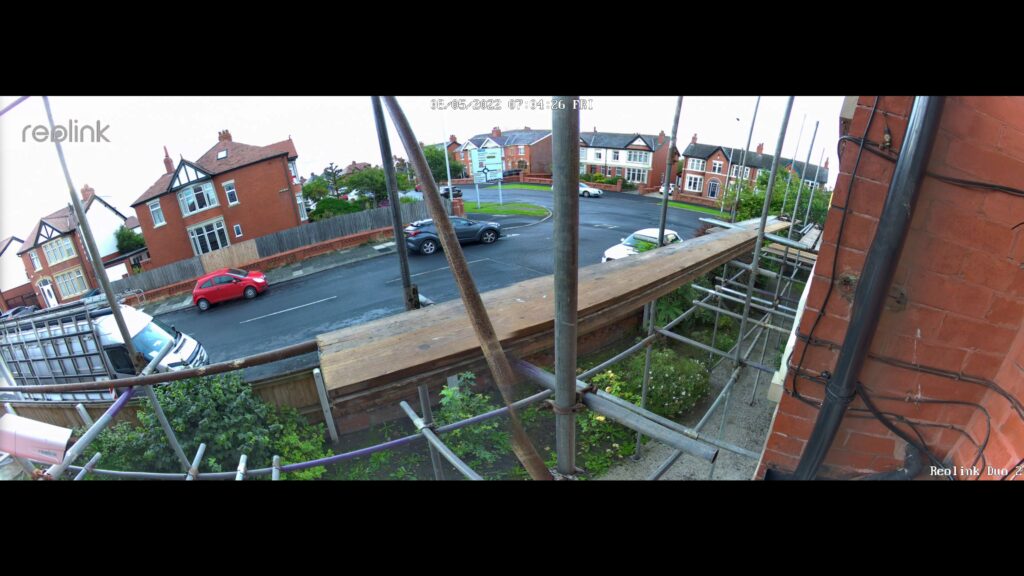
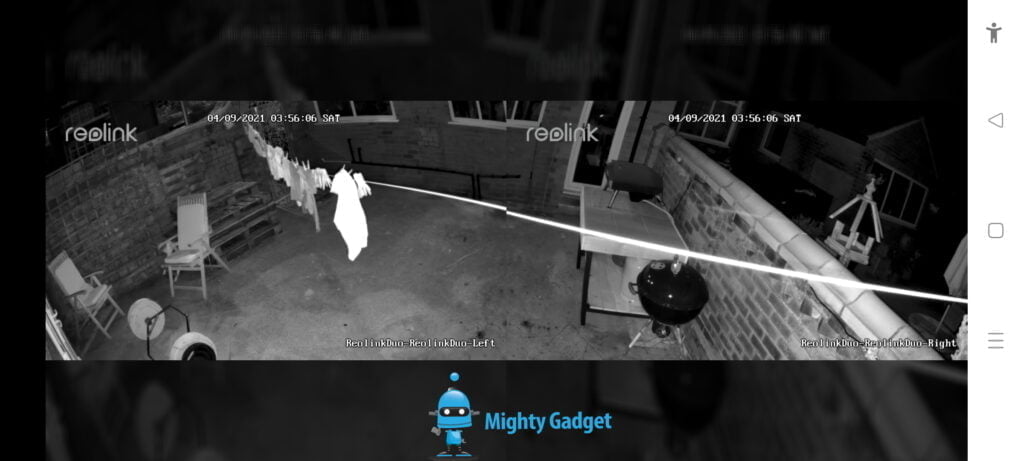
They have eliminated most of the quirks that the original Duo had too. The two feeds a stitched together almost perfectly. In my day time footage, you can see it is not 100% perfect. The street sign in the distance has a little bit of ghosting. I suspect this is something to do with it being difficult to perfectly match up the images in the near and far distance. You can manually alter the stitching, and I may be able to fix it, but it is such a small problem it hardly seems worth it.
Also, the older camera would often have quite different lighting between the feeds because the cameras are literally pointed in different directions. Reolink has managed to match up the uniformity of the lighting across the two cameras.
One thing I did notice with this camera was some sun glare. I haven’t experienced this before, but I suspect it is because of the wide FOV, it is hard to position the camera to avoid the skyline. The glare only happens in the morning when the sun rises above the house over the road.
Night time Footage
Annoyingly I was only recording to microSD when reviewing this initially, and it didn’t capture anyone walking down the garden path at night to activate the spotlight before I had scaffolding put up. So there are two videos, one with the night footage and no spotlights, then a second relocated to my garden.
Price and Alternative Options
The pricing of the Reolink Duo 2 WiFi is estimated to be $159.99(US) / £154.99(UK) / €189.99(EU).
Buy the Reolink Duo 2 WiFi from Reolink
For the POE version, it should be a little cheaper at $149.99(US) / £144.99(UK) / €179.99(EU).
Buy the Reolink Duo 2 POE from Reolink
At the time of writing, the original Reolink Duo is priced as follows:
- Reolink Duo WiFi: £125.99 RRP currently £107.09
- Reolink Duo POE: £114.99 RRP currently £103.49 or a bit cheaper on Amazon
| Preview | Product | Rating | Price | |
|---|---|---|---|---|

| Reolink 2K WiFi Camera Outdoor with Dual-lens, 150°Viewing... | Buy on Amazon | ||

| Reolink 4MP IP PoE Camera with Dual-Lens, 150°Viewing... | Buy on Amazon |
As always, Reolink is in a world of its own when it comes to these quirky cameras. There are no like-for-like competing products.
There are a handful of fisheye surveillance cameras with mediocre reviews which are available on Amazon.
Not quite the same, but most of the Arlo cameras have a very wide field of view. These are all single lenses, so I doubt it is going to provide quite the same quality.
Overall
I think the Reolink Duo 2 is the camera that people were expecting when the original Reolink Duo was launched. Two cameras work in unison to provide a high-quality 180° field of view. You also have the benefit of just one video feed, which could be important for some NVRs and software licences such as Surveillance Station.
Essentially, that’s the only difference, but it is a big difference. I already liked the original Duo a lot because it was an innovative product and simplified surveillance over a wide area giving you two cameras but with none of the mess of setting up two separate cameras.
Therefore, the Reolink Duo 2 is superb. Due to the volume of deliveries I get, I regularly monitor a camera feed on a side monitor, so I can get from my office to the front door quicker. The ultra-wide angle is perfect for this scenario, making it easy to see vans pull up from either side and people walk down my path from both directions.
However, I’d say the original is still worth considering. With it being an older product, there is a significant price difference, and you are not losing out on much (or any) in the actual quality of surveillance.
Reolink Duo 2 Review Rating
Summary
The Reolink Duo 2 is the camera that people were expecting when the original Reolink Duo was launched. Two cameras work in unison to provide a high quality almost 180° field of view. You also have the benefit of just one video feed, which could be important for some NVRs and software licences such as Surveillance Station.
Overall
95%-
Overall - 95%95%
Pros
- On device image stitching to create 4608 x 1728 resolution feed with a 180° field of view
- One channel feed avoids the need for additional camera licences (or losing an unnecessary NVR channel)
Cons
- More expensive than the original
I am James, a UK-based tech enthusiast and the Editor and Owner of Mighty Gadget, which I’ve proudly run since 2007. Passionate about all things technology, my expertise spans from computers and networking to mobile, wearables, and smart home devices.
As a fitness fanatic who loves running and cycling, I also have a keen interest in fitness-related technology, and I take every opportunity to cover this niche on my blog. My diverse interests allow me to bring a unique perspective to tech blogging, merging lifestyle, fitness, and the latest tech trends.
In my academic pursuits, I earned a BSc in Information Systems Design from UCLAN, before advancing my learning with a Master’s Degree in Computing. This advanced study also included Cisco CCNA accreditation, further demonstrating my commitment to understanding and staying ahead of the technology curve.
I’m proud to share that Vuelio has consistently ranked Mighty Gadget as one of the top technology blogs in the UK. With my dedication to technology and drive to share my insights, I aim to continue providing my readers with engaging and informative content.
Last update on 2024-04-20 / Affiliate links / Images from Amazon Product Advertising API


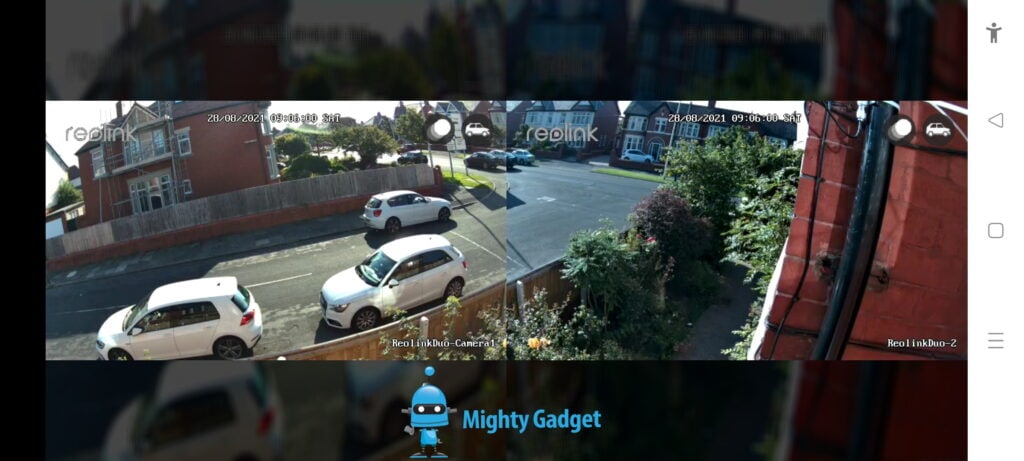
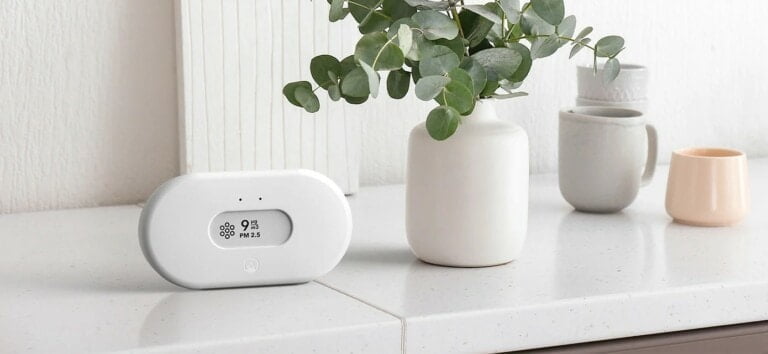
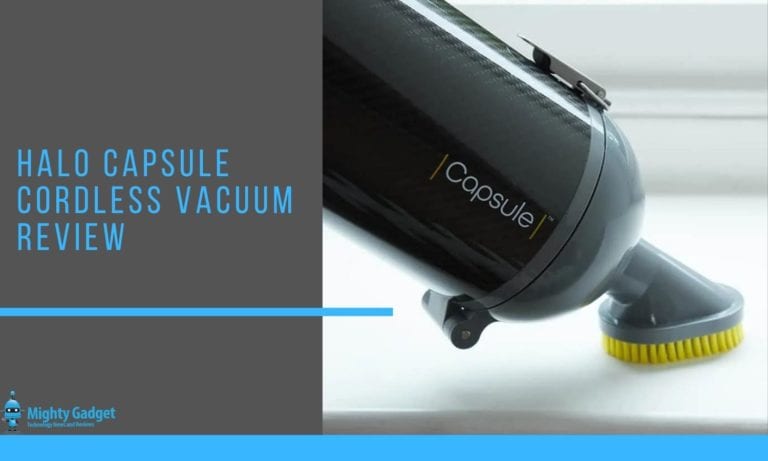

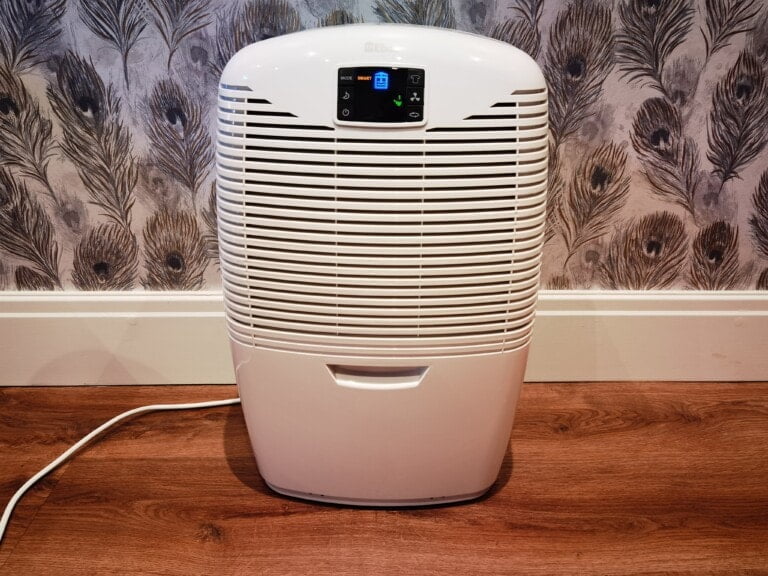


Your blog about Reolink Duo 2 Review – A significant improvement thanks to one stitched image is an amazing. . It is filled with rich info. My company name is Beyond Xposure. You are always welcome to visit to our website.
I believe the original Duo also came in a 3rd model, simply called Reolink Duo (vs Reolink Duo WiFi or Reolink Duo POE). The benefit of the Reolink Duo was it was battery powered (as opposed to DC), and could therefore be located more freely by using a solar panel. There are some significant tradeoffs when using the battery powered model and I do not believe the Duo 2 has this model.
Yeah you are right, it’s the Reolink Duo 4G which I reviewed. The Duo 2 LTE is on the Reolink roadmap, but I haven’t heard much about it.